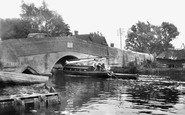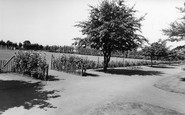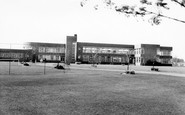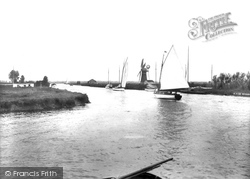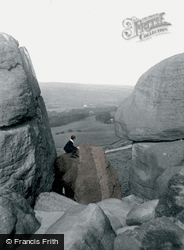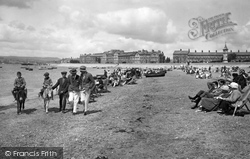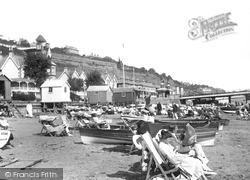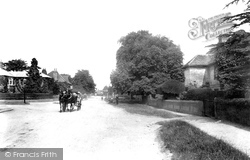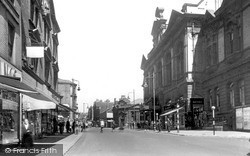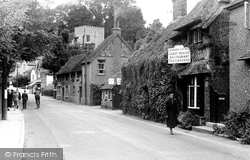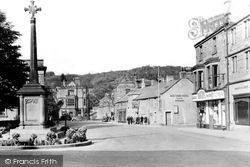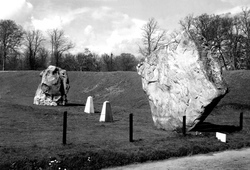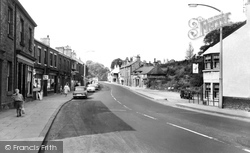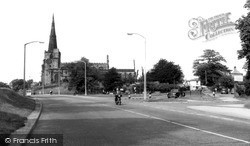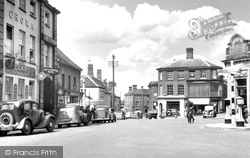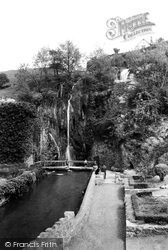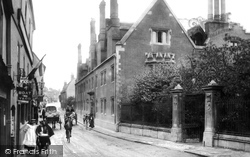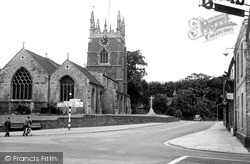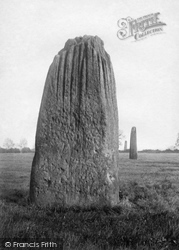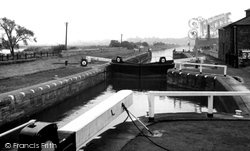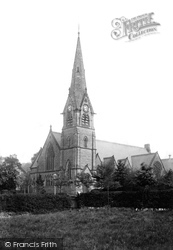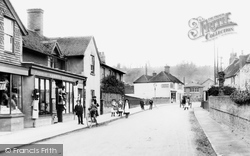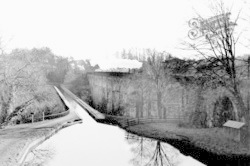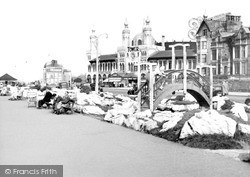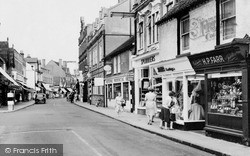Merry Christmas & Happy New Year!
Christmas Deliveries: If you placed an order on or before midday on Friday 19th December for Christmas delivery it was despatched before the Royal Mail or Parcel Force deadline and therefore should be received in time for Christmas. Orders placed after midday on Friday 19th December will be delivered in the New Year.
Please Note: Our offices and factory are now closed until Monday 5th January when we will be pleased to deal with any queries that have arisen during the holiday period.
During the holiday our Gift Cards may still be ordered for any last minute orders and will be sent automatically by email direct to your recipient - see here: Gift Cards
Places
4 places found.
Those places high-lighted have photos. All locations may have maps, books and memories.
Photos
2 photos found. Showing results 501 to 2.
Maps
65 maps found.
Books
Sorry, no books were found that related to your search.
Memories
4,591 memories found. Showing results 251 to 260.
Boating On The Broads
Two years after our first visit we came again, bringing our own river cruisers towed by our own cars. We had located a slipway to launch at Martham boatyard prior to starting the holiday. The location at Martham was ...Read more
A memory of Potter Heigham in 1970 by
Skellow Park
i was born right next to the park at number 3 Laurel Terrace. My parents were called Sam & Edith Barnett. I lived there for nearly 30 years & spent many a happy day as a kid in that park, climbing trees & making up games ...Read more
A memory of Skellow in 1966 by
Do You Remember?
Remember Mrs Griffiths, the radio and Listen with Mother with Daphne Oxenford? Mr Griffith's class, new schools broadcasts? Learning tables, sometimes for days, no national curriculum for him but I have found knowing my ...Read more
A memory of Woolfardisworthy in 1955 by
I Know All The Memories Of Tynemouth
I was born in North Shields and know all the photos shown ...was my school holidays. I married my husband, a Northumberland Fusilier from Haltwhistle in January 1959 and in April we left from Newcastle on ...Read more
A memory of Tynemouth in 1959 by
Tidworth Down School
My brother, Terry Vivash attended Tidworth Down School from 1948 until around 1950 when he was accepted for the Adcroft School of Building in Trowbridge. Terry passed away in 2007 but, amongst his effects I found a ...Read more
A memory of North Tidworth in 1950 by
Bridge Of Muchalls School
My name in 1950, was Joan Wood. We lived in Newtonhill but went to Bridge of Muchalls School. It was a lovely little school. We were taught by Miss Betty and Miss Mary Geddes. Every year we had a concert - Alladin ...Read more
A memory of Bridge of Muchalls in 1950
Strawberries For Tea
Every year on my birthday my mother and father made June 21st. (or the closest Saturday) a very special day for me. Since I was old enough to remember I had strawberries on my birthday. However, that was not all. The day ...Read more
A memory of Buckhurst Hill by
The Lynemouth Inn
We used to call it the hotel, it was the hub of the village, there was a bottle and jug at the side door and me dad would send me down to get a bottle of double maxim and let me have a little taste when I was just a bairn. We used ...Read more
A memory of Lynemouth in 1967 by
Teenage Years
I was born and grew up in Perth, going to Caledonian Road Primary School and then to Perth High School. I lived in South Methven Street until I was about 12 when we moved to Muirton. My teenage years were spent visiting coffee bars ...Read more
A memory of Perth in 1960 by
My Family
My grandfather, grandmother and mother came to America in 1923; Harold Hubert, Violet Mary (Abbott), Mary Doreen Shrimpton. My grandmother (Violet) was born in 1896 in Dalton-in-Furness and bought a small three handled cup while on vacation in Frizington in 1902.
A memory of Frizington in 1900 by
Captions
913 captions found. Showing results 601 to 624.
This type of elegant windmill came into its own during the spring and autumn when the marshes were often full of flood water; during this time it was literally 'all hands to the pump' to ensure the safety
The stone came from a quarry on the estate's land. The house was divided into three parts in 1919, and is now used as offices by a major building company.
In the decades following the First World War, Exmouth reached the heights of its fame as a holiday resort, thanks to the greater mobility offered by railway trains and motor vehicles
The latter write his poem 'Lamia' here, while Longfellow wrote a verse in praise of the ferruginous spring which issues out of the Chine, whose waters health-conscious visitors came to sample
Laleham was a tiny village when Dr Thomas Arnold, soon to be the formidable headmaster of Rugby School, came to live here in Regency times.
In the early-1850s, an old soldier lived in Tunstall who, because he was a veteran of Wellington's army at Waterloo, went by the name of 'Waterloo'.
In the early-1850s, an old soldier lived in Tunstall who, because he was a veteran of Wellington's army at Waterloo, went by the name of 'Waterloo'.
In those days the sea came much closer, and it used to be a fisherman's home.
Butter was cut from a huge slab, sugar was weighed into stiff blue bags and biscuits also came loose - weighed out from large square tins.
The impressive lozenge-shaped stone came from a surface outcrop of sarsen stones (the word sarsen derives from Saracen, and means stranger) which can be found on the Marlborough Downs about two miles away
In fact, Disley has always been a roadside settlement: its existence goes back to a time when a Roman road came through here.
A local legend says that the people planned to build it on lower land, but each night, after work, a pig came along and moved all the stones back up to the top of the hill.
They take place around the war memorial (left, in front of the white building); farmers, merchants and millers came from all areas of Norfolk.
Early visitors came on horseback but a motor train (1905) brought passengers from Prestatyn for 3d.This picture must be one of the best photographs, clearly showing the falls and the well-kept setting
Samuel Pepys studied here between 1650 and 1653, and on his death in 1703 his library came here, including the original manuscript volumes of his famous diaries.
This was the main route through the town until the by-pass came into being.
Samuel Pepys studied here between 1650 and 1653, and on his death in 1703 his library came here, including the original manuscript volumes of his famous diaries.
Each weighs about thirty tons - they possibly came from the quarries at Knaresborough.
Grain and produce came up river from East Yorkshire, while coal, glass products, and minerals were sent from here both to London and the continent.
Many of the Manchester businessmen that settled in Alderley in the mid 19th century came from a Nonconformist background and they often kept up their connections with the city.
He earned more than local fame when he stayed at his post, transmitting the new 'SOS' signal until the ship sank.
Its majesty was attenuated somewhat when the Great Western Railway line from Wolverhampton to Chester came along and was built even higher.
When the tower itself came down in about 1912, the tower building continued to be a centre for entertainment.
Then came Mrs Gristwood's bakery shop, which was replaced by Howe & Son, and ultimately by Spurriers.
Places (4)
Photos (2)
Memories (4591)
Books (0)
Maps (65)



